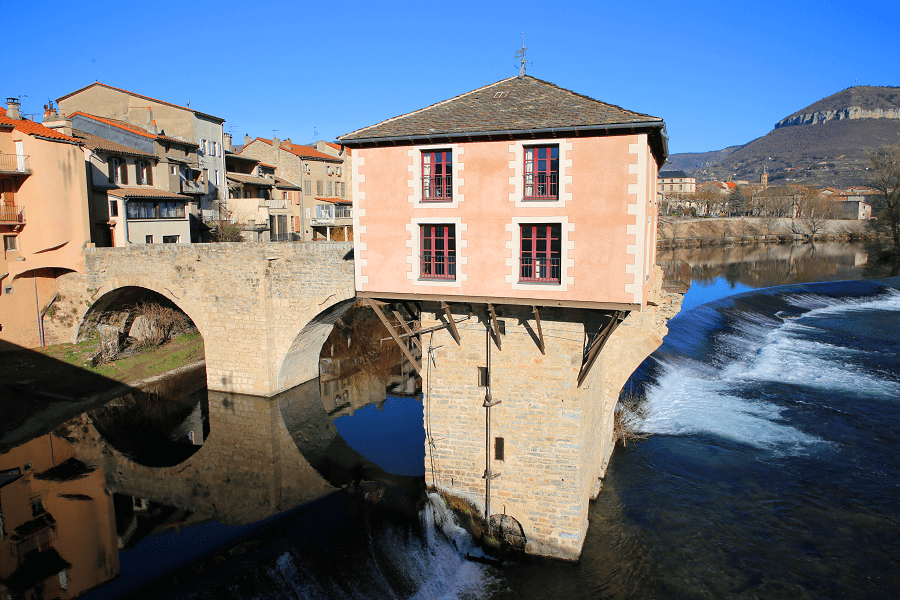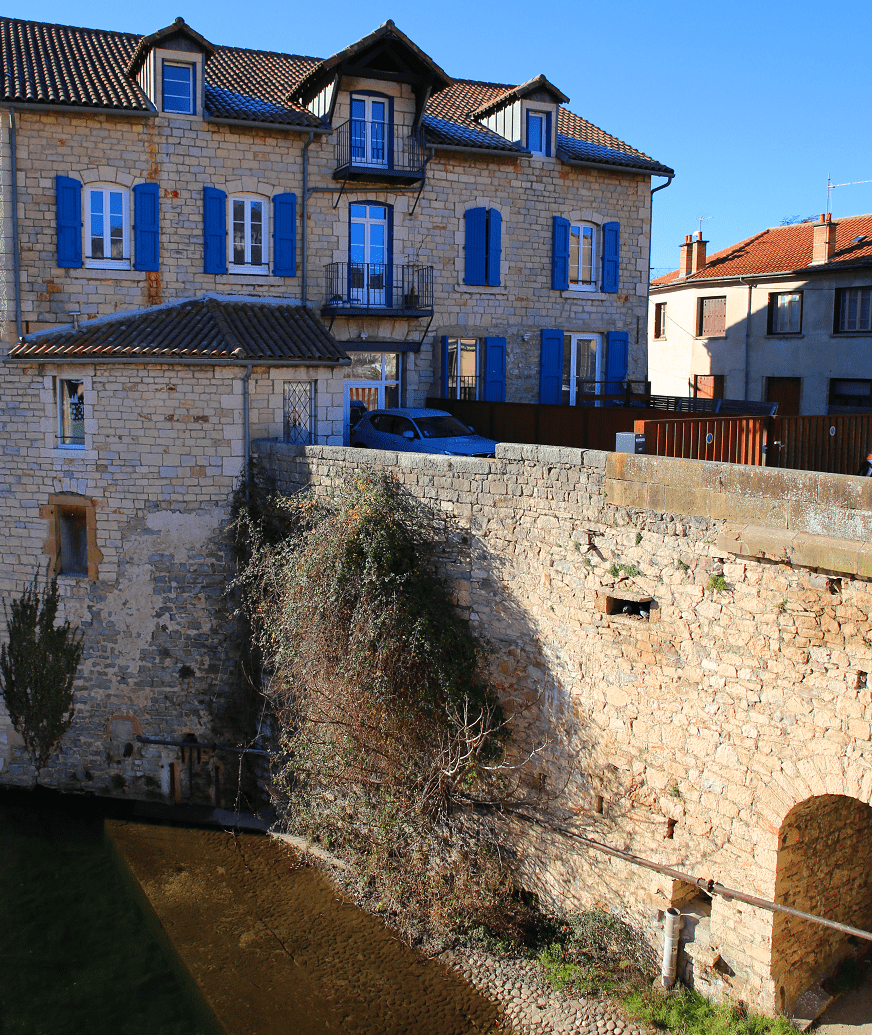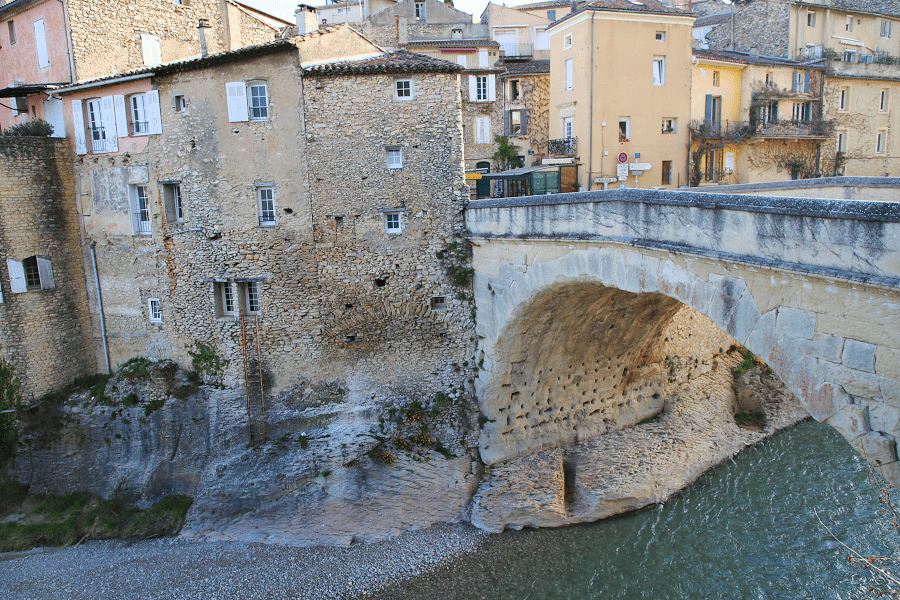Millau is a commune, sub-prefecture of the Aveyron department, in the Occitania region (Massif Central, France). Located 49 km southeast of Rodez, 84 km from Montpellier and 142 km from Toulouse, it is part of the ancient province of Rouergue.
The commune’s territory forms part of the Grands Causses regional nature park.
Tourism and main attractions
The town is now a tourist destination with one of the largest campsites in the Massif Central, benefiting from the attractive surrounding landscapes and its architecturally-acclaimed Millau Viaduct. It is also a major centre for outdoor sports, especially paragliding. Millau hosts a variety of competitions every year.
Sporting events
- 100 kilometers of Millau (Running)
- Terre des Cardabelles Rally
- Templars Festival (Trail)
- Natural Games Festival (Outdoor Sports and Music)
- Viaduct Half-Marathon
Historical buildings
There are 11 listed historical monuments in Millau :
- The archaeological site of La Graufesenque, i.e. the remains of a major Gallo-Roman center for ceramics production.
- Notre-Dame de l’Espinasse, built in the twelfth century. This church takes its name from a relic of the crown of thorns once kept in his treasure. Destroyed in the sixteenth century, it was rebuilt a century later. Its bell tower is Toulouse style.
- The Belfry of Millau, which is composed of two parts corresponding to two different eras. The square tower was built in the twelfth century on the site of the original castle of the Counts of Millau. It assured the safety of the fortifications in the southwest corner. At the beginning of the 17th century, the consuls of Millau built an octagonal tower above it. The square tower was used as a prison from the 17th to the 19th century. The building was burned by lightning on 29 July 1811 and then rebuilt.
- The washhouse of the Ayrolle. The roof dates from the 18th century.
- The Old Mill and Old Bridge on the River Tarn.
- Sambucy de Sorgues Hôtel, also called Sambucy castle, and its gardens. It was built between 1672 and 1674 by Jacques Duchesne, Advisor to the King, local Master of Waters and Forests. After his marriage, the Hôtel became the property of Marc Antoine de Sambucy, capitoul of Toulouse.
- Sambucy de Miers Hôtel, acquired in the 17th century by the Sambucy family.
- Les Halles, a market hall built during the Belle Époque.
- La Rue Droite, the central Roman road.
- Pégayrolles Hôtel built in 1738, which now hosts the town’s Museum. This Museum houses rich collections of pottery, tannery and gloves.
- The neo-Byzantine Sacré-Coeur church dating from the 19th century.
How to get to?
From Paris: 6 hr 21 min (640 km) via A71 and A75
From Toulouse: 2 hr 32 min (202 km) via A68 and N88
From Andorra: 4 hr 39 min (377 km) via A75
From Barcelona: 4 hr 2 min (394 km) via AP-7, A9 and A75
From Madrid: 9 hr 39 min (990 km) via A-2
From Monaco: 4 hr 59 min (459 km) via A8
From Moscow: 36 hr (3,332 km) via E30/M1
From Belgrade: 17 hr 50 min (1,762 km) via E70
From Istanbul: 28 hr (2,711 km) via E70
From Bern: 6 hr 51 min (695 km) via A75
Main information
Area: 168,23 km2
Population: 21 712
Coordinates: 44°05′55″N 3°04′42″E
Language: French
Currency: Euro
Visa: Schengen
Time: Central European UTC +1
See here Pyrenees travel guide
See here France travel guide
See here Spain travel guide























